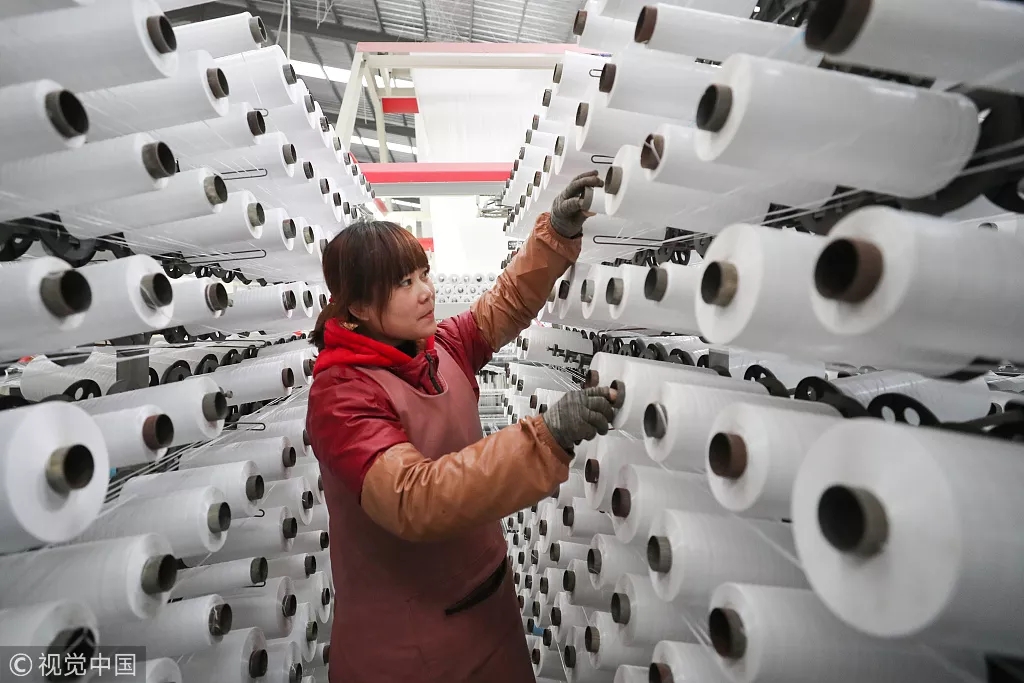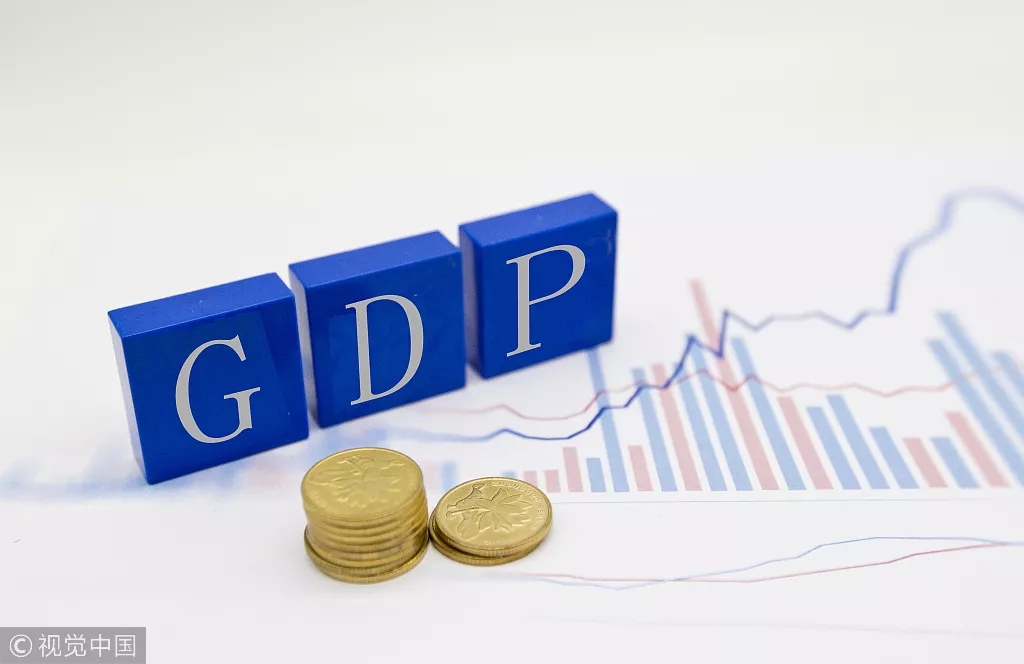He Weiwen: China is fine, Trump should focus on America
January 23 , 2019
By He Weiwen, a senior research fellow at the Center for China and Globalization(CCG).
Trump’s tweet is a real surprise as he is struggling with the federal government shutdown which is bringing down the American GDP growth by 0.1 percent every two weeks.
According to the official data released by the State Statistics Bureau on Monday, China had real GDP growth of 6.6 percent in 2018, 0.2 percent lower than in 2017 (6.8 percent), still twice as fast as the U.S. (estimated at 2.9 percent). The main reason lies in the slowdown in fixed investment which grew by only 5.9 percent as compared to 7.0 percent growth in 2017.
The key reason was further deleveraging, as part of the supply-side reform. M2 supply grew more slowly than GDP for the first time in many years and a strict ceiling was imposed on local government debt. Further cutting down over capacity (30 million tons of steel capacity shut down over the year) also dragged down the investment. Both are necessary for transforming China’s growth from quantity to quality.
In 2019, China will accelerate consumption and infrastructure investment, with the latter alone expected to lift GDP growth rate by 0.6 percent. For 2019, China’s GDP growth rate will stay above 6.0 percent, again more than twice as fast as the U.S.
The growing deterioration in world trade, caused to a large extent by Trump Administration’s unilateralism and protectionism, increased China’s economic difficulties. Nonetheless, the actual performance of China’s trade in 2018 was beyond expectation. The total trade volume in goods hit 4.62 trillion U.S. dollars, 12.6 percent over 2017, with exports up 9.9 percent and imports up 15.8 percent.
Ironically, the trade tensions launched by the U.S. did not hurt China much but hurt the U.S. badly. According to Chinese customs statistics, in 2018, Chinese exports to the U.S. grew by 11.3 percent, faster than its exports to the world. Its imports from the U.S., however, grew by a meager 0.7 percent.
The sharp downturn happened since the White House imposed massive tariffs on 250 billion U.S. dollars of Chinese goods. In the first half of 2018, U.S. exports to China grew by a hefty 11.8 percent. It slowed abruptly to 2.1 percent in Q3 and turned to a cliff fall in Q4, with 1.8 percent off in October, 25 percent off in November and 35.8 percent off in December.
U.S. imports from China still had 13.3 percent growth year-on-year in October and grew by 9.8 percent in November, only fell by 3.6 percent in December. Apparently, it has been difficult to find alternate suppliers for a large part of Chinese goods.
As a result, the whole year of 2018 saw the China-U.S. bilateral trade volume hit a new historic high at 633.52 billion U.S dollars. The U.S. deficit swelled to 323.33 billion U.S dollars, 47.51 billion U.S dollars up on 2017. Trump’s attempt to bring down trade deficit with China failed once again.

An export-oriented textile mill in Chengtou Town, Lianyungang City, Jiangsu Province, January 12, 2019. /VCG Photo
An export-oriented textile mill in Chengtou Town, Lianyungang City, Jiangsu Province, January 12, 2019. /VCG Photo
The more serious worry is the weakening of the U.S. economy. Although the U.S. managed a 3.4percent annual GDP growth rate in Q3, 2018, its fundamentals – personal consumer expenditure and private fixed investment combined, contributed 2.65 percentage points to Q3 GDP growth, a full percentage lower than in Q2. Most of the estimates put the Q4 growth below 3 percent.
The latest IMF estimate put U.S. GDP growth at 2.5 percent for 2019 (compared to 2.9 percent in 2018), and 1.8 percent in 2020. The U.S. stock market, once the pride of Trump, saw the worst December performance ever since the Great Depression, with Dow Jones Industrial Average (DJIA) fell by 6.39 and S&P 500 fell by 6.91 percent for the year.
The Democrats control of the House means that there will not be virtually further fiscal stimulus, nor tax cut 2.0 in 2019, or very few tools available for Trump to head off the weakening of the economy. If the government shutdown continues, the U.S. GDP growth rate might quickly fall to below 2 percent, the lowest since the global financial crisis.

Trade tensions have also hurt the U.S. multinational companies badly. Apple mobile, once the pride of the U.S. technology, saw a clear drop in its China sales which caused a sharp fall in its stock price, which in turn, pulled down the DJIA by 3 percent in a single trading day.
FedEx also ascribed its China sales fall to the trade war. Kevin Hassett, Chairman of the White House Council of Economic Advisors, told CNN on January 3 that many leading American companies have considerable sales in China, and will see a fall in their revenue in the coming year unless the U.S. hit an agreement with China.
Facts prove once again that Trump shot a boomerang on China, but hurt the U.S. business, consumers and economy altogether. True, the trade tensions “make so much sense for” the U.S. “to finally do a Real Deal, and stop playing around!”
Topical News See more






